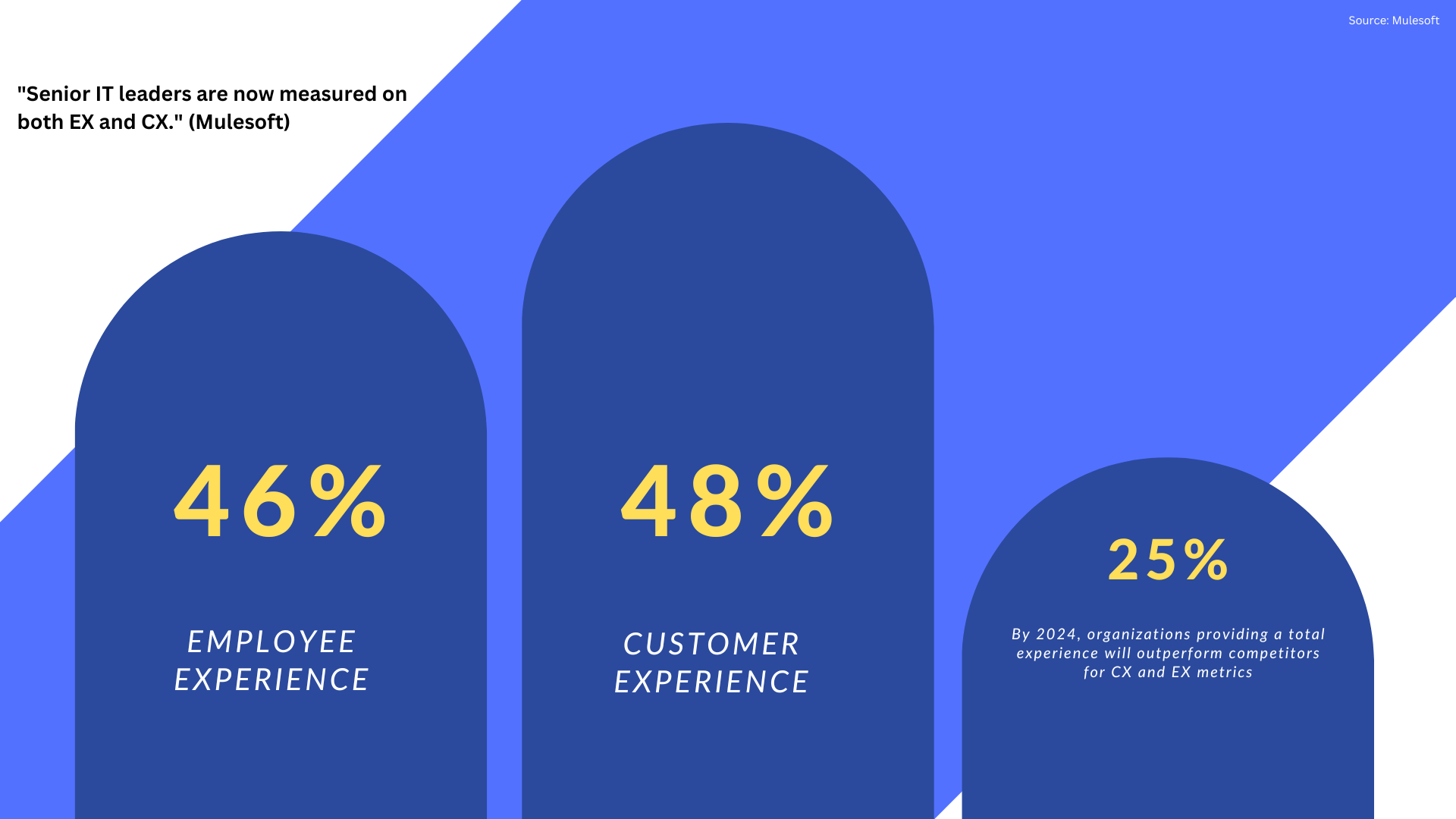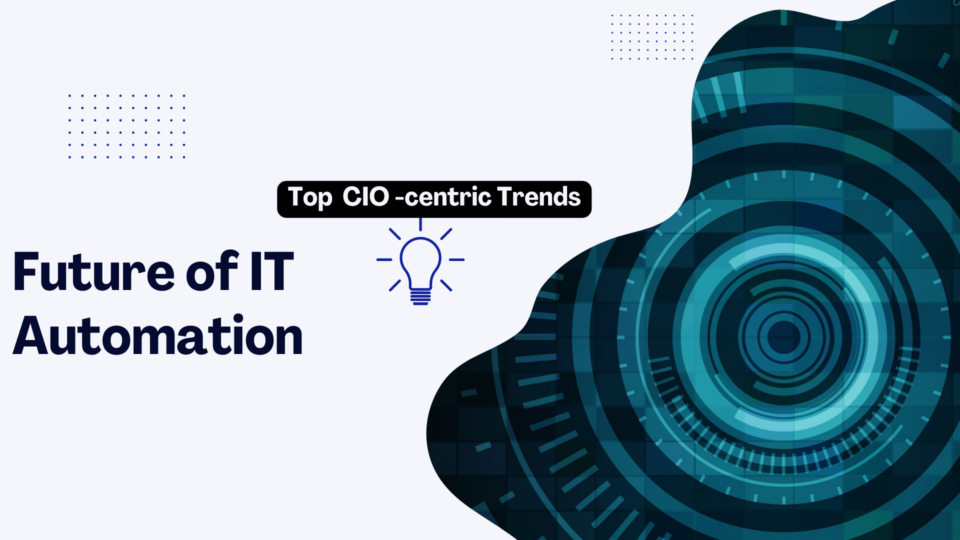Digital transformation is incomplete without CXOs getting together to identify their KRAs and acknowledging their respective pain-points in creating a sustainable value for their organization. The pandemic brought major shifts in the attitude of CXOs in tackling major challenges, forcing most of them to take a more clinical approach towards digital transformation. Salesforce’s Mulesoft has published an e-book as part of its research on digital transformation trends for 2023 that puts the onus on technical and non-technical users when it comes to learning newer ways in IT, Computing and Security divisions.
Recommended: What Can Organizations Do to Reduce Their Data Carbon Impact?
In this article, we have highlighted the key trends in digital transformation that will shape business operations in 2023, as per Mulesoft research.
Trend 1: Automation is more than just a buzzword
By 2025, hyperautomation would become the cornerstone of all business operations.
The $860 billion market for hyperautomation software would gain serious customers who could lower their operational cost by 30% in a year or two. To meet cost optimization factors in the respective processes, business leaders would find new ways to include hyperautomation. This means adoption of strategic, enterprise-wide automation capabilities that drive revenues and cut costs through inclusion of digital products.
Trend 2: Application Agility through composability
IT organizations would become more digitally agile by setting up new composability features and initiatives in DevOps. Business leaders would lend more attention to composability, a rising trend in the area of application agility and devops. In technical terms, composability means breaking down complex steps in application development lifecycle into simpler, modular compartments. It comprises of IT systems management and designing concepts that simplify workflows. These workflows are associated with agility and accelerate application development. By 2023, organizations would acquire and promote agile-centric composable systems to accelerate speed of “new-feature” implementation.
Trend 3: No-code and Low-code applications to accelerate automation
IT teams would become fused with business and technology experts who that help accelerate digital transformation across departments and projects. IT talent is getting excruciatingly tough to acquire and retain. In companies that focus on digital transformation of services, talent retention through acquisition of better, more agile tools would equip people to innovate more freely in present environment without risking compliance breach.
Top CIO News: Acroname Launches Cost-Reduced Managed USB-C Hub Optimized for Lower Power
Trend 4: Total Experience (TX) management to recession-proof businesses
Employee Experience (EX) and Customer Experience (CX) have emerged as the pillars of business reputation and sustainability in the post-pandemic era.
 In fact, IT leaders are measured for both EX and CX initiatives in their current native marketplace. Mulesoft found a large number of organizations looking at various means and channels to improve “journeys” and “touchpoints” for employees as well as customers. Superior TX management strategies would help organizations in developing and delivering a more cohesive experience path for customers and employees wherever they meet or intersect.
In fact, IT leaders are measured for both EX and CX initiatives in their current native marketplace. Mulesoft found a large number of organizations looking at various means and channels to improve “journeys” and “touchpoints” for employees as well as customers. Superior TX management strategies would help organizations in developing and delivering a more cohesive experience path for customers and employees wherever they meet or intersect.
Trend 5: Enterprise Intelligence Powered by Automation
Business leaders are looking at automation-based enterprise intelligence to improve outcomes across departments. Innovation, digital resilience and agility would be enabled through intelligent adoption of adoption to cut-down on data siloes that 90% of the organizations face today. Data fabric embedded with analytics would benefit 70 percent of the companies in cutting down costs and reducing wasted opportunities.
Trend 6: Cybersecurity Defense Mesh
Billions of dollars are lost to data security incidents and compliance irregularities. To stop this from impacting digital transformation efforts, businesses would look at edge computing technologies. This would enhance the role of data analytics for CIOs, who can make quick decisions for their organization when it comes to securing critical IT assets and resources from looming dangers. API management capabilities, in particular, would emerge as the central point of focus for CIOs while adding “guardrails” through centralized compliance and governance frameworks.
Trend 7: SUSTAINABILITY
$100 billion would be spent in sustainability efforts across the UK. IT companies that are leading in their composability and API management capabilities would rise to top of sustainability too. According to Mulesoft, sustainability-focused budgets would inflate by up to 20% by 2025, marking a renewed zeal to unlock IT opportunities for CIOs and Chief Data Officers.


